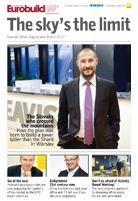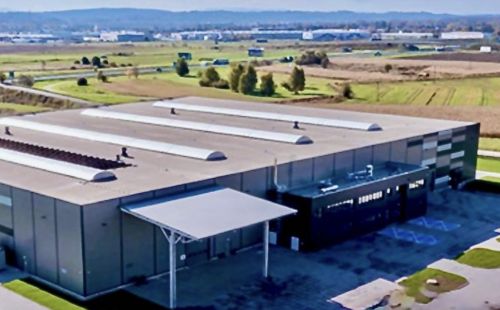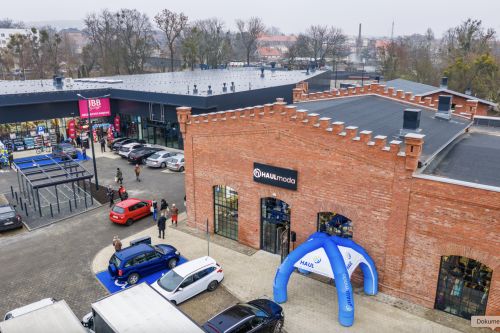A well-designed office represents significant added value for its users. This is of particular importance for Generation Y, which was born into the hi-tech world. “These highly qualified people can be amazingly creative as long as the employer provides them with the right conditions,” says Agnieszka Operhalska, the sales director of the real estate degment at Philips Lighting.
Not only the lighting
Philips Lighting has been responsible for the lighting systems in many modern office buildings, including Q22 in Warsaw, which earned the distinction of ‘New Office Building of the Year’ at the Eurobuild Awards last year. “The system used in Q22 is based on the ‘light beyond illumination’ philosophy of providing a much greater range of lighting – something that is much more important than people generally believe. Thanks to the innovative way it was installed, the workplaces are very friendly for both the employees and the natural environment































































